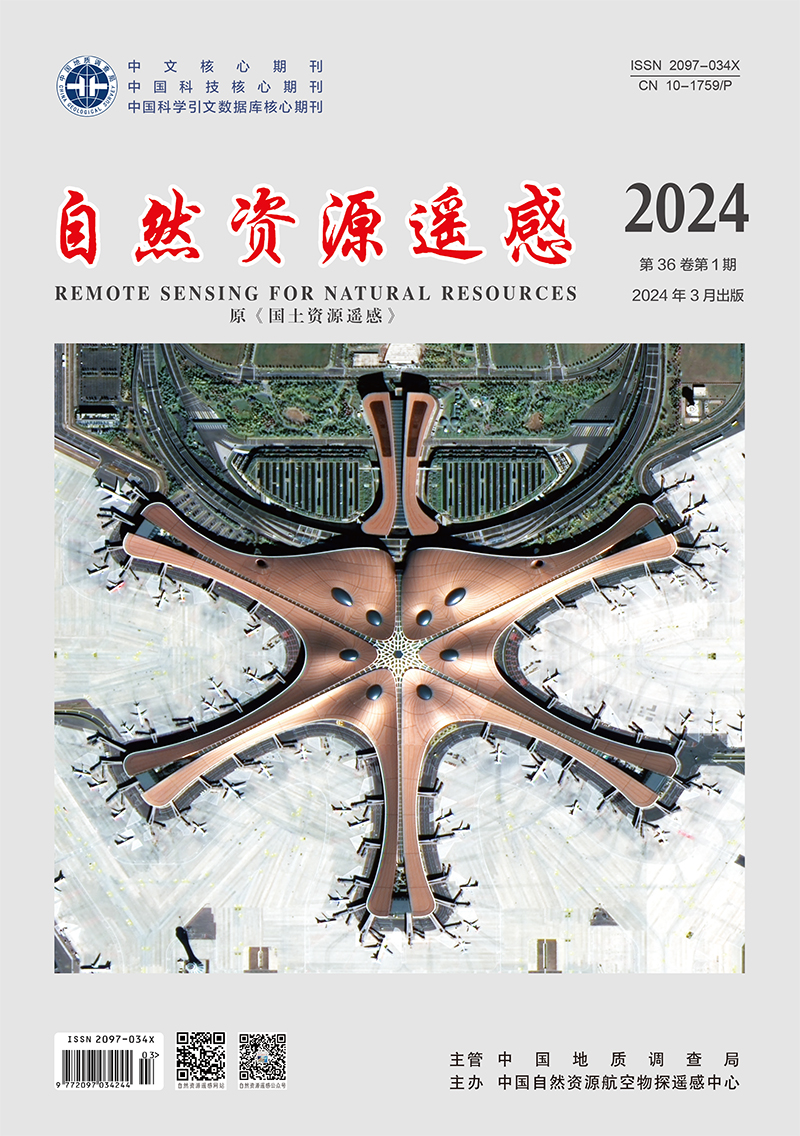WANG Yilong, WANG Ran, YAN Ziqing, ZHANG Xinming, LI Xiaolong, XU Chongwen. 2024. Tectonic alteration information extraction and prospecting prediction for the Delong area of Qinghai Province based on GF-2 and ASTER data. Remote Sensing for Natural Resources, 36(1): 217-226. doi: 10.6046/zrzyyg.2022444
| Citation: |
WANG Yilong, WANG Ran, YAN Ziqing, ZHANG Xinming, LI Xiaolong, XU Chongwen. 2024. Tectonic alteration information extraction and prospecting prediction for the Delong area of Qinghai Province based on GF-2 and ASTER data. Remote Sensing for Natural Resources, 36(1): 217-226. doi: 10.6046/zrzyyg.2022444
|
Tectonic alteration information extraction and prospecting prediction for the Delong area of Qinghai Province based on GF-2 and ASTER data
-
1. Liaoning Institute of Geological Exploration Co.,Ltd., Dalian 116100, China
-
;2. Liaoning Province High-Resolution Observation System Application and Service Center of Geological Resources and Environmental, Dalian 116100, China
-
;3. School of Earth Resources, China University of Geosciences(Wuhan), Wuhan 430074, China
-
Abstract
The Delong area, located in the eastern segment of the Eastern Kunlun gold-polymetallic metallogenic belt in Qinghai, is recognized as an area with significant exploration potential. However, its remote geographical location and rugged terrain pose challenges to large-scale geochemical explorations and conventional geological surveys. Based on ASTER and GF-2 data, this study identified the linear and circular structures by analyzing the color tones, geometric structures, and textures of remote sensing images with varying resolutions. Through the spectral analysis of primary alteration minerals, this study extracted the information on ferrugination, Al-OH, and Mg-OH alterations from visible light to near-infrared bands and short-wave infrared bands of ASTER using the mask + principal component analysis technique. Then, this study established a remote sensing-based prospecting prediction model for gold deposits in the study area by combining geoscience information and field survey results and comprehensively analyzing the association between the tectonic alteration information derived from remote sensing image interpretation and the gold mineralization of the study area. Using the prediction model, this study delineated three prospective areas for mineral exploration. The field verification revealed several new gold ore bodies in the Delong prospective area. The results show that the integration of remote sensing data and GIS technology can effectively identify surface hydrothermal alterations and tectonic spatial structures. The integration can serve as a guide for subsequent prospecting prediction of the study area.
-

-
-
Access History







 DownLoad:
DownLoad: